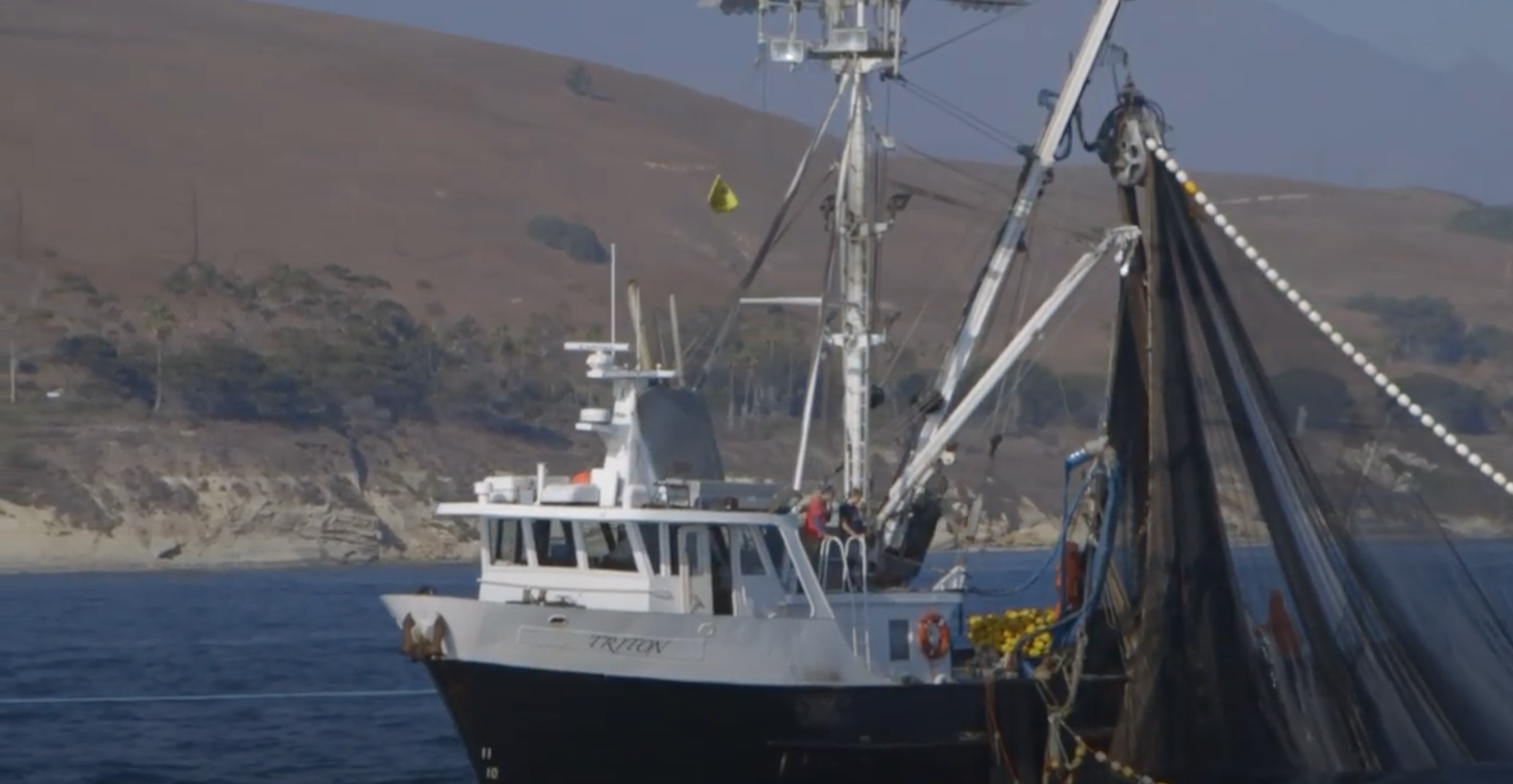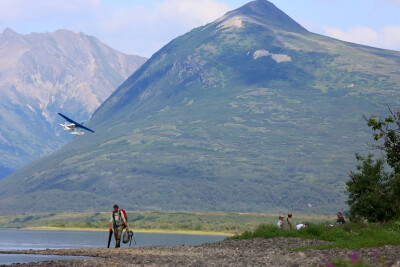Regional managers are sticking with a 4,000 metric ton catch target for the 2020-2021 Pacific sardine fishery, after hearing from environmental groups who wanted a lower catch limit, and fishermen who say stock assessments discount inshore biomass.
"One thing everyone agrees on is the need to improve the sardine stock assessment," said Marc Gorelnik, vice chair of the Pacific Fishery Management Council, which voted on sardine management measures during an April 6 council session – conducted remotely online in accordance with state coronavirus public health restrictions.
The upcoming season starting July 1 will have the same 4,000-ton target as the 2019-2020 season, after the council weighed reports from its scientific and statistical committee, sardine management team and advisors, and comments from the public.
Environmental groups wanted the council to lower the catch target to “buffer” the sardine stock and its role as a forage species for other marine life. The California Wetfish Producers Association has pressed its case that the stock assessment – based largely on NOAA surveys – is inadequate because it fails to account for fish inshore, where the group has advocated doing a new survey.
"We greatly appreciate the expressions of concern from the management team and advisory subpanel, and the council's action based on those concerns," said Diane Pleschner-Steele, the association’s executive director, in a statement after the council meeting. "This conflict is between what fishermen say is out there, based on what they see, and what biologists say, based on insufficient science."
“The model used to predict biomass has not updated the age data from the fishery since 2015, because the directed fishery has been closed since that time,” according to the association. The council also voted this week to support the group’s application to NMFS for an exempted fishing permit, to allow on a closely controlled directed fishing effort to capture sardine schools throughout the year.
As proposed the cooperative project would use the California Department of Fish and Wildlife to sample and age all the landings and provide that data for the next stock assessment.
Fishermen and managers are also at odds over the definition of the California sardine stocks, where fish found in ocean temperatures are identified as a southern stock extending from waters off Mexico.
“These fish are subtracted from the ‘northern' sardine stock assessment,” according to the association. “This assumption and current management policy have frustrated fishermen, especially in Southern California, because all catches are deducted from the ‘northern' sardine harvest limit.”
If the northern sardine stock assessment was reflective of sardine abundance reported by fishermen in year-round waters the species would not be considered overfish, the group says.







